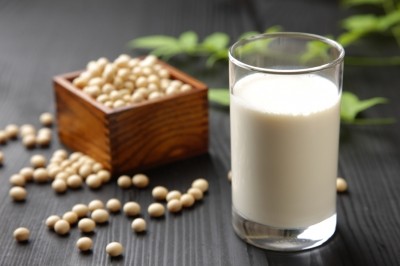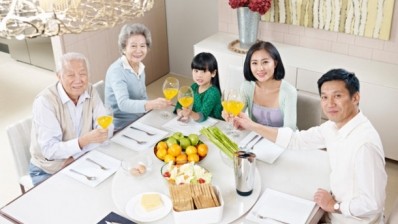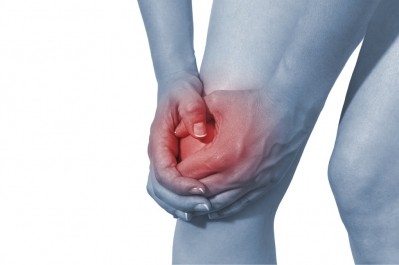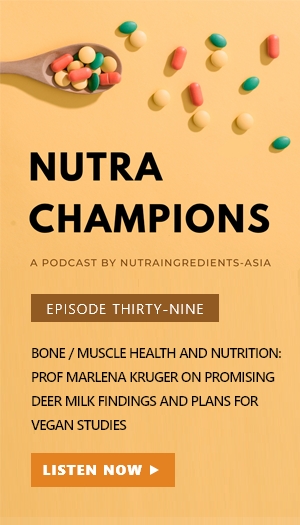Frailty and low income causing poor nutrition among Japanese elderly
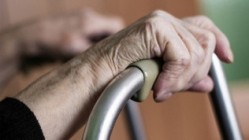
Researchers from Teikyo University revealed that the proportion of participants with low dietary variety score (DVS) was higher in men than in women, and that frailty and low income were common factors negatively associated with a varied diet.
“The results of the present study suggest some implications and the need for intervention for food security in older adults,” they wrote in the Geriatrics and Gerontology International Journal.
“Populations at high risk of food insecurity are characterised as male, frail, lower income, and having a smaller social network.”
Previous studies said nutrition was linked with not only biological outcomes, but also the quality of life in older adults.
In Japan, the proportion of elderly people living alone is increasing – from 8.5% in 1980 to 17.7% in 2013.
“Living alone is a critical health risk factor among older adults,” according to the study.
“Poor dietary habits and nutritional deficiency result in critical health issues, and are more common in older age.”
Other lifestyle factors, such as physical inactivity and insufficient or unbalanced diet also increase mortality and morbidity in older adults.
Cross-sectional survey
To determine physical and social factors related to dietary variety among single-living older adults in Japanese communities, the study conducted a cross-sectional survey in three cities in Japan.
City A was located in Yamaguchi prefecture with 35.1% elderly population. City B was in Saitama prefecture with a 22.2% older adult population, and City C was located in Aomori prefecture with 25.1% older adult population.
The cross-sectional survey with a self-administrated questionnaire was carried out among older adults living alone aged 65 years and older in these cities in 2014.
“Dietary variety score (DVS) was determined by counting the number of 10 food groups consumed at least once in two days using a food frequency questionnaire,” the researchers reported.
“Using the data of 704 men and 1366 women, the sex-specific association of low DVS (<4) with age, region, frailty, annual income, social support, distance to the nearest supermarket and car ownership was analysed.”
Findings showed that the prevalence of low DVS was 40.9% for men and 18.4% for women.
“A gradient association with income was found for women, whereas men showed a threshold: less than 1.5 million yen income per year was associated with low DVS,” according to the study.
“These results imply that women have larger variation in food consumption and nutrient intake according to socioeconomic conditions and social connections, whereas men generally have low dietary variety dependent on physical and economic conditions.”
The distance to the nearest supermarket was not significantly associated with DVS, the study reported.
However, researchers said frailty was a critical factor in determining DVS – showing clear gradients both for men and women who participated in the study.
“Although there are various instruments for frailty, most of the instruments include physical activity. The present result suggested that food consumption and security is disturbed critically by deterioration of physical activity,” researchers said.
Based from the results, the study stressed the need for intervention for food security in older adults.
“Populations at high risk of food insecurity are characterised as male, frail, lower income, and having a smaller social network,”researchers said.
“Some of these characteristics can be identified using official government data, and early intervention and support could maintain food security.”
Source: Geriatrics and Gerontology International Journal
DOI: 10.1111/ggi.13004
“Physical and social determinants of dietary variety among older adults living alone in Japan.”
Authors: Yoshiharu Fukuda, Midori Ishikawa, et al.
